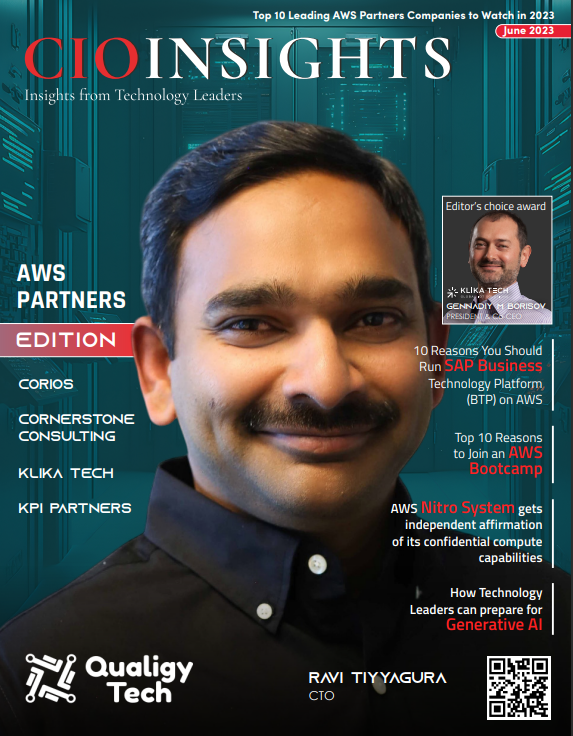Business intelligence, Analytics and its evolution

Let’s talk about Analytics today – What is Analytics and how it has changed a lot in recent times.
First of all, let’s begin with definitions of the terms Business Intelligence (BI), big data and analytics as they are being used confusingly by a lot of people.
I like the definition provided by Wikipedia as I have a similar vision and its shows how large this words can be: "Business Intelligence (BI) comprises the strategies and technologies used by enterprises for the data analysis of business information. BI technologies provide historical, current and predictive views of business operations. Common functions of business intelligence technologies include reporting, online analytical processing, analytics, data mining, process mining, complex event processing, business performance management, benchmarking, text mining, predictive analytics and prescriptive analytics. BI technologies can handle large amounts of structured and sometimes unstructured data to help identify, develop and otherwise create new strategic business opportunities. They aim to allow for the easy interpretation of these big data. Identifying new opportunities and implementing an effective strategy based on insights can provide businesses with a competitive market advantage and long-term stability."
This definition already highlights a few important points: BI is not simply reporting but it is often used as a wider subject to talk about in the reporting, Analytics, big data and more general contexts related to data management and analysis to answer business questions.
In order to pinpoint the difference between BI and analytics more clearly in the aforementioned definition, at SMS we define the differences as the following:
BI is talking about historical data whereas BA is forward looking and mathematically more complex.
Some people think big data is managing/using data that can’t fit into an Excel file but Big data needs to be used in a context with real huge volume of data like collection of TBs of data every day. Having GB/TBs of data in your entire company is not big data. Only a handful of companies such as Google, Facebook and Insurance companies can realistically talk about Big Data usage. Nevertheless, the needs of some of these big companies created a new ecosystem and techniques to address these specifics problems. Hadoop and distributed storage with clustered file system (HDFS) are usually what people are talking about when they are talking about Big Data. It is important to note that big data is not simply technologies that allow companies to store different types of data (structured, semi-structured and unstructured data) in a manner that is cheaper than in traditional servers. Big data is also about using different new generation tools to process data in order to address a business problem.
BI and analytics tools evolution
Now that we have defined these terms, let’s look at the tools’ evolution and the new environment that emerged in recent years.
What we can observe from these charts is that we started with a few big players (Cognos, BO, Oracle, SAS, SAP, Hyperion and SAP etc.) There were generalists and specialists. For example, Hyperion, a specialist, focused more on Financial data management and reporting and SAS, another specialist, focused on data processing, mathematical, scenarii and forecasting requests. This was the ecosystem of the start of 2000s. Then the market started to concentrate. IBM bought Cognos, Oracle bought BO. MS started to develop their first version of real BI with SSAS, SSIS.
In 2012-2013, Tableau and Qlik started to be used more widely. A new trend started to emerge, small players began to propose niche tools more user friendly than the big solutions. The small players also allowed business users to create their own reports/analysis.
In recent years, big companies are still struggling with historical big platforms and solutions that they try to deploy across their different BUs. They sporadically introduce the new generation of BI/analytical tools and slowly replace the big solutions.
Tableau, Qlik, Alteryx and PowerBI are examples of tools that I will use to define the new generation of tools. They are more friendly, easy to use by non-technical people and easier to deploy than the traditional big solutions. They are including better designs to provide sexier reporting, simple implementation and a larger focus on addressing business problems than technical needs. For example, Tableau allows business users to load data onto their tool. PowerBI is so well designed that you can just drag and drop a component around and you will have a chart. Furthermore, in PowerBI, there are a lot of ready-to-use “applications” and connectors that are provide small and medium companies an easy way to start their BI and analytics journey for a cheaper price.
To put it simply, the consolidated market reduced the number of big players that provided traditional tools with extremely closed functionalities. Thankfully a new generation of more flexible and easy to use tools have emerged for business users for data manipulation and simple reporting.
I have not talked much about Cloud BI solution in this post but if you are interested in BI/Analytics, this is an interesting area you can explore for a good reason (Google Data Studio, Watson…).
Let’s finish this post by a quick understanding of the analytics tools:
SAS is a traditional big player in the analytics business but it is more designed to be used by experts. IBM also have a long history in this area and recently improved their capability significantly with AI, an easier to use solution (Watson) and designed-for-analytics hardware. Microsoft are also increasing their capability and expertise, hence it is also a good solution to explore further if you wish. However, Analytics tools are generally complicated to understand due to the fact that mathematical calculations and technical algorithms need to be understood by users in order to analyse data correctly, forecast and trigger the right actions.
The BI and now Analytics eco-system was old and did not change for a decade till a few years ago when more flexible and easy to use tools appeared and begun to be used by companies and business users. Now, a new generation of tools is incorporating Cloud which will change the landscape in the industry which I will discuss in my next post.





